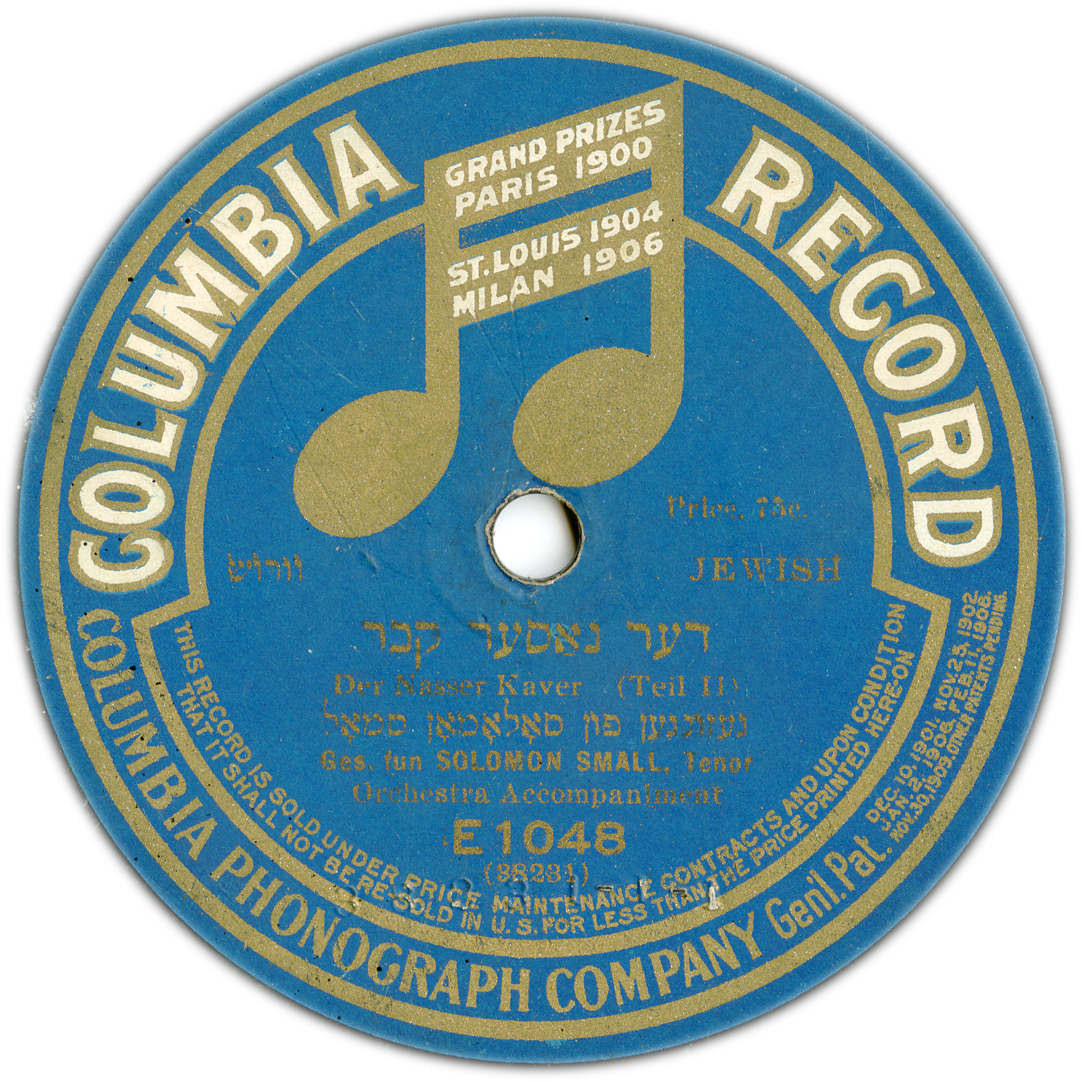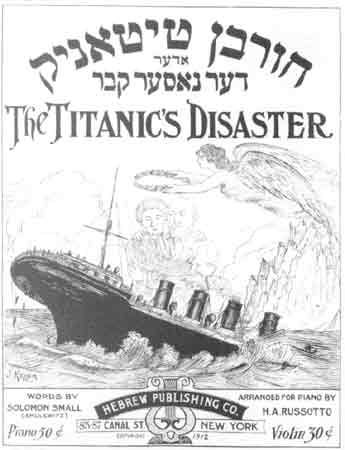Timeless Love Songs of the 1920s
![]() If there’s one type of song that we will never grow tired of, it is the ever popular love song. Mellow or upbeat, mushy or filled with angst; whatever the tempo or the lyrical content…Enjoy these nine timeless love songs from the 1920s found in the Recorded Sound Archives Vintage, Judaic and Jazz collections just in time for Valentines day.
If there’s one type of song that we will never grow tired of, it is the ever popular love song. Mellow or upbeat, mushy or filled with angst; whatever the tempo or the lyrical content…Enjoy these nine timeless love songs from the 1920s found in the Recorded Sound Archives Vintage, Judaic and Jazz collections just in time for Valentines day.
Nine Timeless Love Songs of the 1920s
- Ain’t Misbehavin’ by Fats Waller written in 1929 by Thomas “Fats” Waller himself, Harry Brooks and Andy Razaf.
- All Alone by Al Jolson, written by Irving Berlin and published in 1924.
- April Showers by Al Jolson, written by B.G. DeSylva music composed by Louis Silvers originally published in 1921.
- Blue Skies by The Hour of Charm Girl Orchestra and Choir, written and composed by Irving Berlin in 1926.
- I Can’t Believe That You’re In Love With Me by Artie Shaw, written by Jimmy McHugh and Clarence Gaskill in 1926.
- With a Song in My Heart by Dennis Day, originally written for the musical Spring is Here by Lorenz Hart and Richard Rodgers in 1929.
- What’ll I Do? by Henry Burr and Marcia Freer, written by Irving Berlin in 1923.
- Who’s Sorry Now? by Ernest Stevens, written by Bert Kalmer and Harry Ruby composed by Ted Snyder this song was published in 1923 and featured in the 1950 film, Three Little Words.
- Everybody Loves My Baby (But My Baby Don’t Love Nobody but Me) by Aileen Stanley, composed by Jack Palmer and Spencer Williams in 1924.
Some songs may only be available as snippets due to US Copyright laws.
These items are noted in the player with the words (Research Station) and only allow for 45 seconds snippets to be played to give you a sense of what that recording originally sounded like. Full access is available through the RSA’s Research Station access is limited to educators, students and serious researchers.
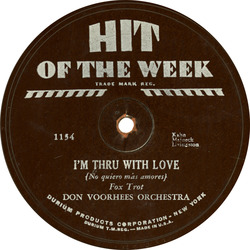
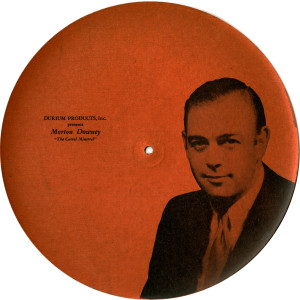
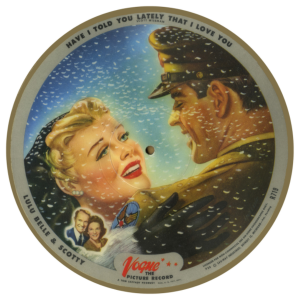
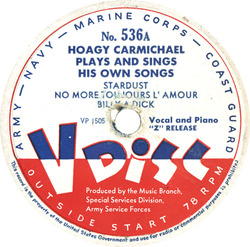

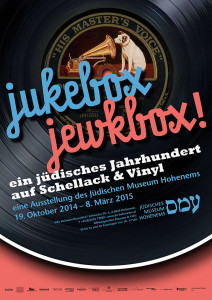



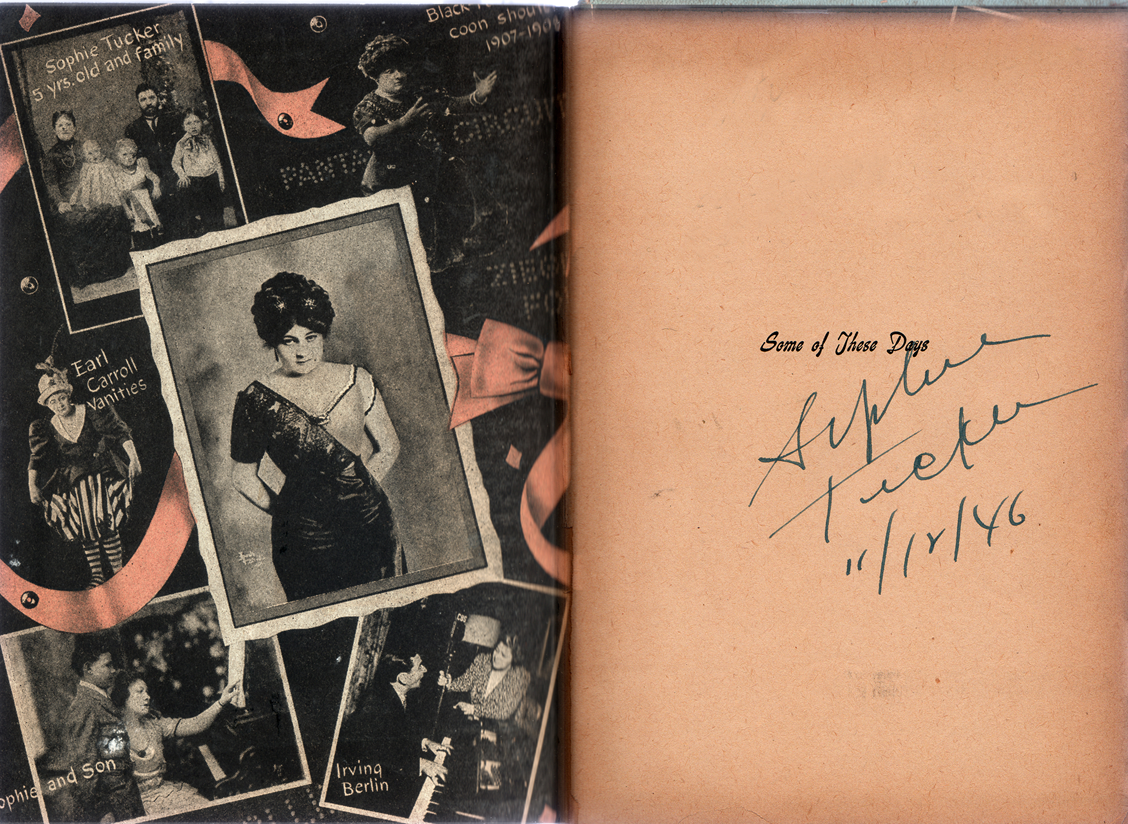
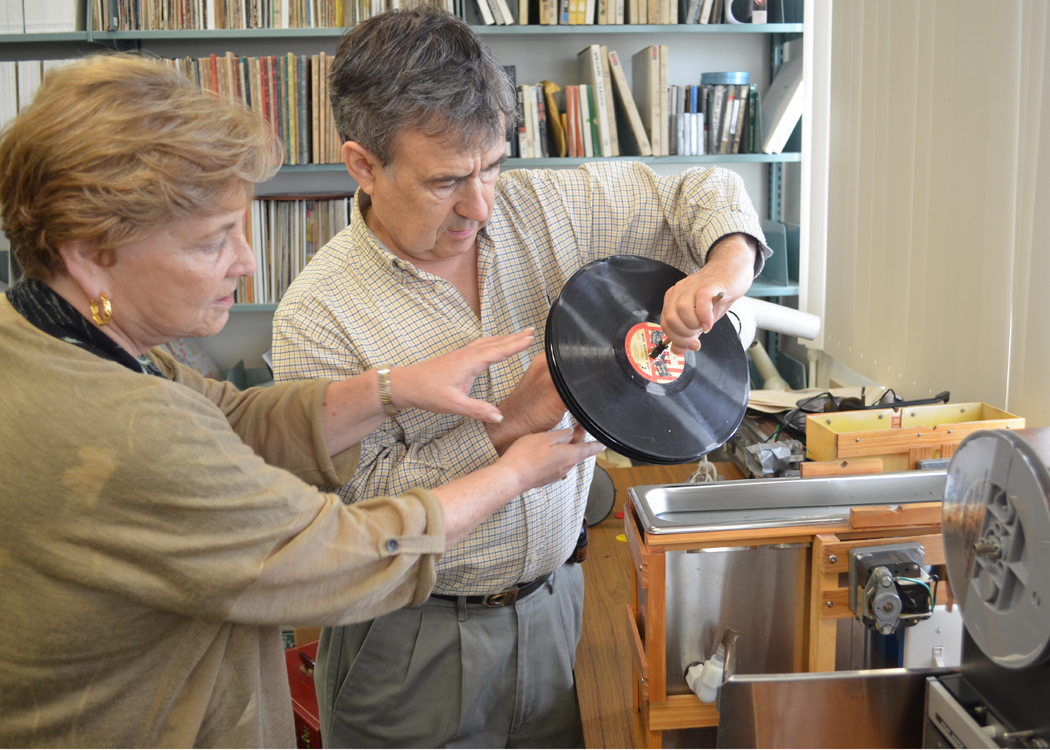 These forgotten treasures are currently the domain FAU’s Recorded Sound Archives (RSA), which began in 2009 as an extension of its popular Judaica Sound Archives; nowadays, the institution restores and digitizes lost and important music of all kinds. These recently obtained children’s record sleeves, their once-vibrant cover art damaged by flood and mold from Hurricane Sandy, are mostly second copies from the vast collection of Peter Muldavin, the world’s foremost expert on vintage children’s records. When his Long Island storage facility suffered storm damage, he donated its contents – 786 records – to the RSA, whose passionate archivist, Ben Roth, is a friend. Some of the 78 rpm records date back to the 1920s, bearing price tags of a quarter a piece.
These forgotten treasures are currently the domain FAU’s Recorded Sound Archives (RSA), which began in 2009 as an extension of its popular Judaica Sound Archives; nowadays, the institution restores and digitizes lost and important music of all kinds. These recently obtained children’s record sleeves, their once-vibrant cover art damaged by flood and mold from Hurricane Sandy, are mostly second copies from the vast collection of Peter Muldavin, the world’s foremost expert on vintage children’s records. When his Long Island storage facility suffered storm damage, he donated its contents – 786 records – to the RSA, whose passionate archivist, Ben Roth, is a friend. Some of the 78 rpm records date back to the 1920s, bearing price tags of a quarter a piece.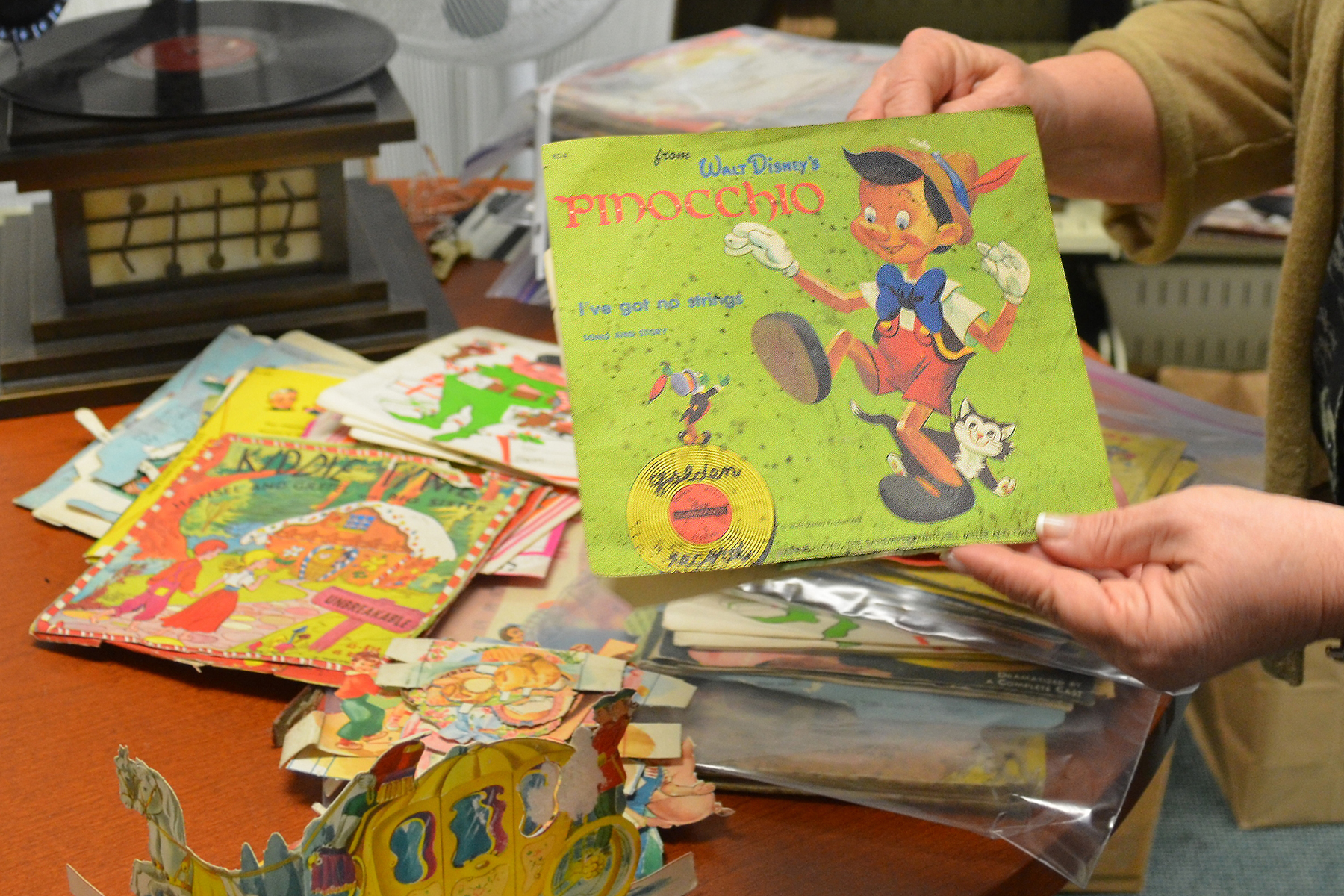 The restoration business, on Roth and company’s end, is a long and painstaking one. They are still in the process of entering all the data, with plans to release some of their results through their website starting in January. Roth showed me a bit of the RSA’s fascinating restorative process, some of whose accoutrements look like something out the old Mousetrap game. First, the records are dipped, like strawberries in chocolate, in a motorized tank devised for cleaning jewelry, in which ultrasonic waves eliminate the ingrained dirt. Then they are positioned in front of an industrial hair dryer haphazardly duct-taped into position on a metal stand – an appropriately primitive way of cleaning these analog goodies.
The restoration business, on Roth and company’s end, is a long and painstaking one. They are still in the process of entering all the data, with plans to release some of their results through their website starting in January. Roth showed me a bit of the RSA’s fascinating restorative process, some of whose accoutrements look like something out the old Mousetrap game. First, the records are dipped, like strawberries in chocolate, in a motorized tank devised for cleaning jewelry, in which ultrasonic waves eliminate the ingrained dirt. Then they are positioned in front of an industrial hair dryer haphazardly duct-taped into position on a metal stand – an appropriately primitive way of cleaning these analog goodies.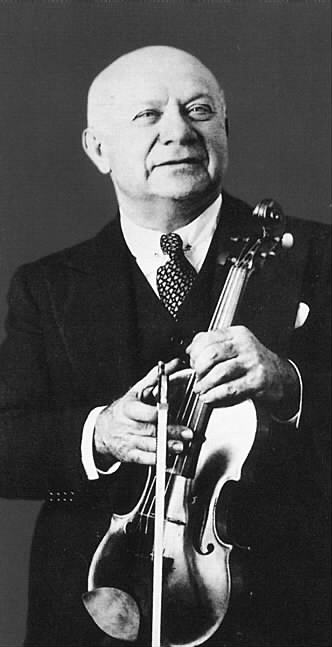

![Label of El Mole Rachamim fur Titanik [500130-B]](http://rsa.fau.edu/blog/wp-content/uploads/2013/02/Label-of-El-Mole-Rachamim-fur-Titanik-500130-B.jpg)
